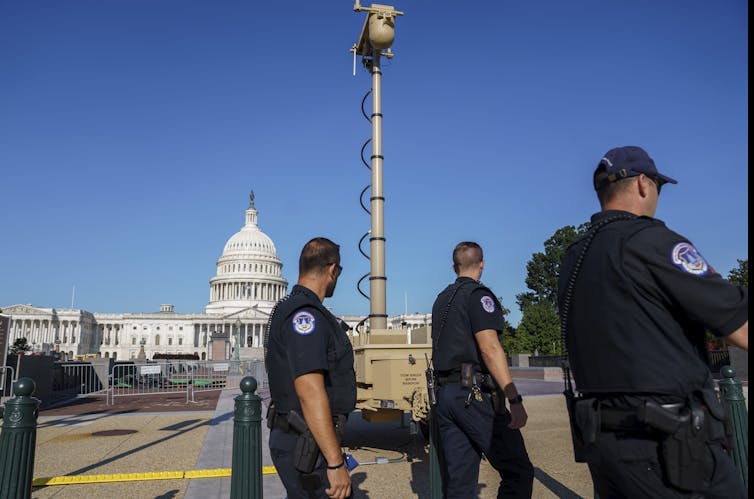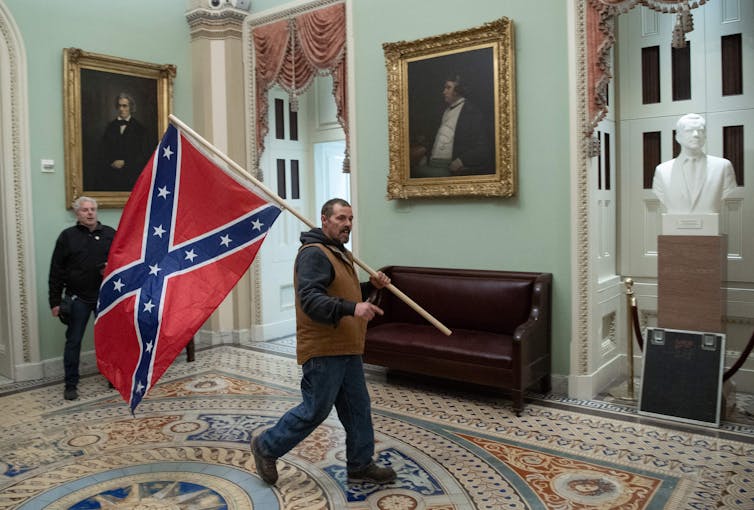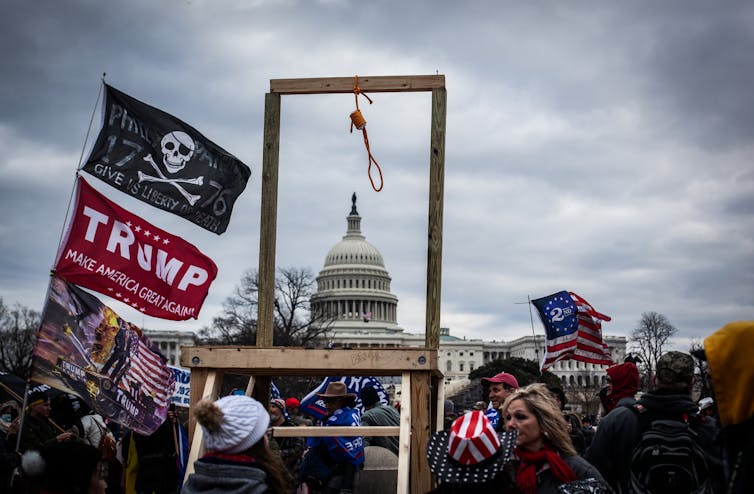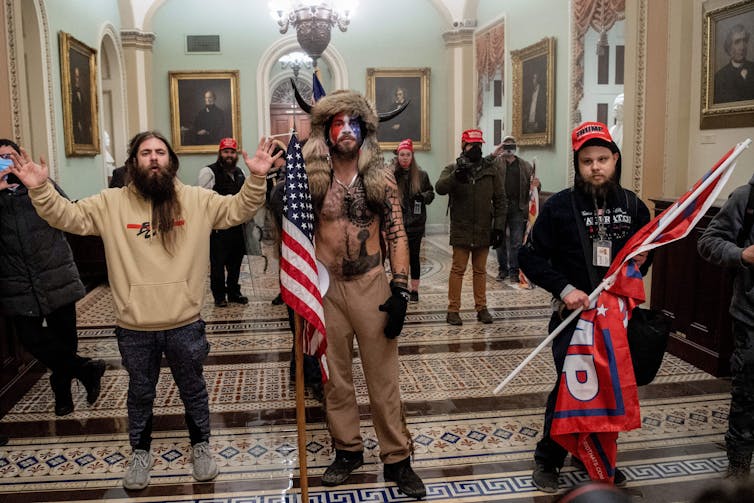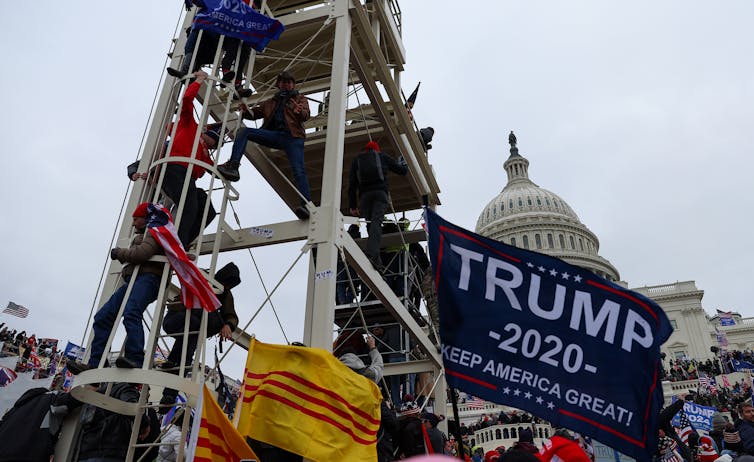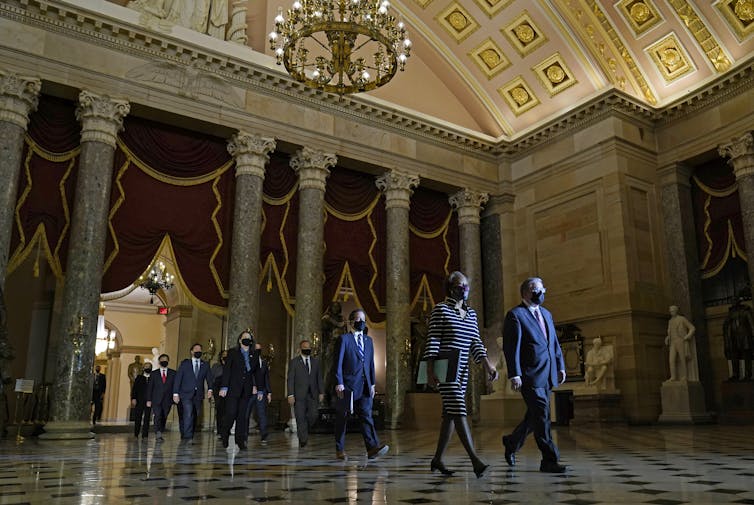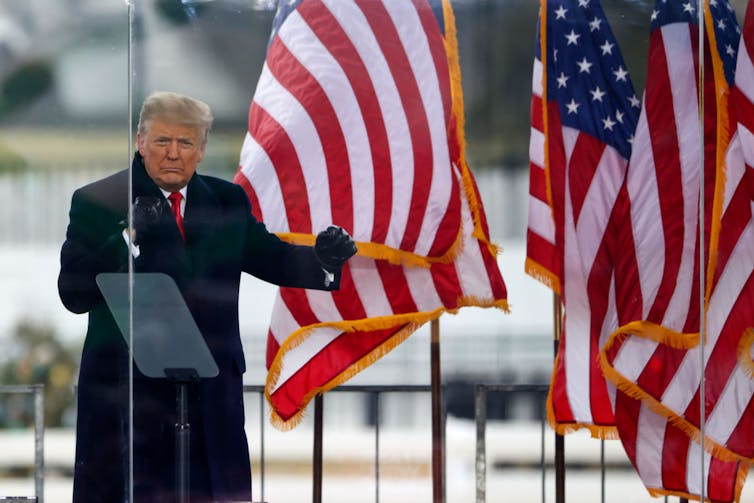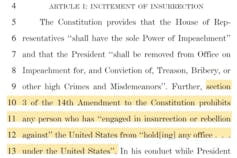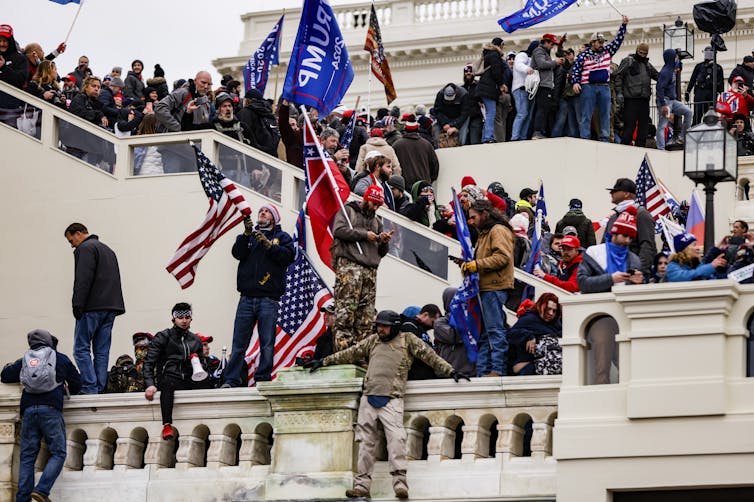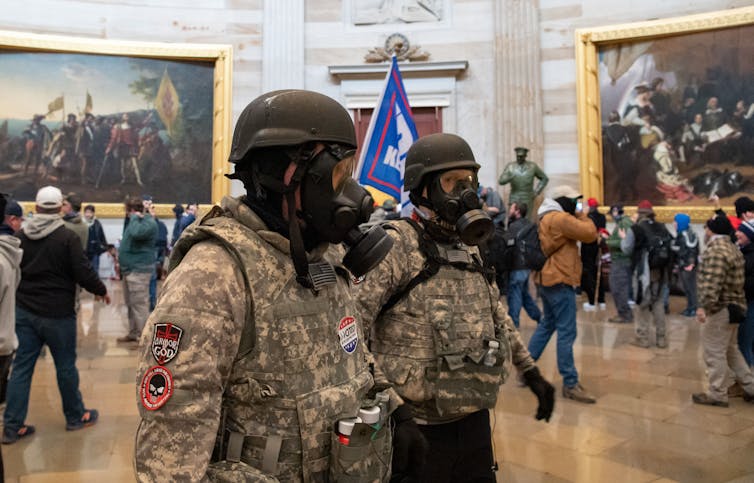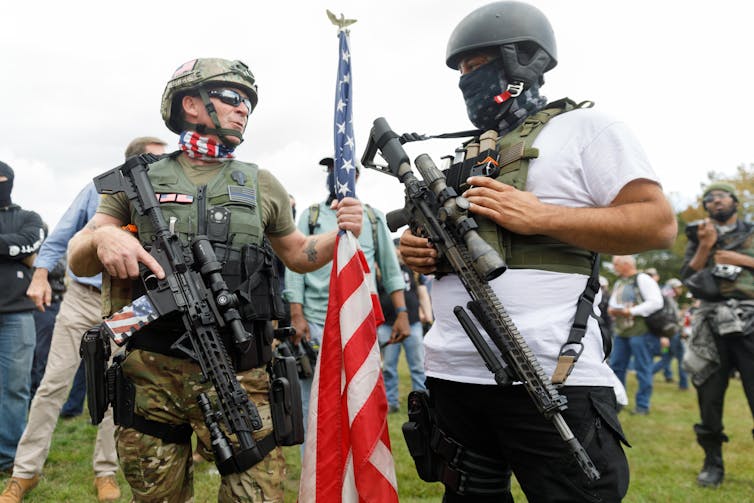
Teachers in grades K through 12 are more burned out than workers in any other industry, according to a new Gallup poll that finds 44% of K-12 employees report “always” or “very often” feeling burned out at work. That number climbs to 52% when looking just at teachers.
Increased work duties during the pandemic, students with mental health challenges and political debates over masks and mass shootings are among the reasons educators say they are under unprecedented stress – and staffing shortages increase the pressure.
Over the course of the COVID-19 pandemic, The Conversation has asked several scholars to explain their research on various aspects of teacher burnout. Here are selections from their work.
1. Teachers most enjoy working with students
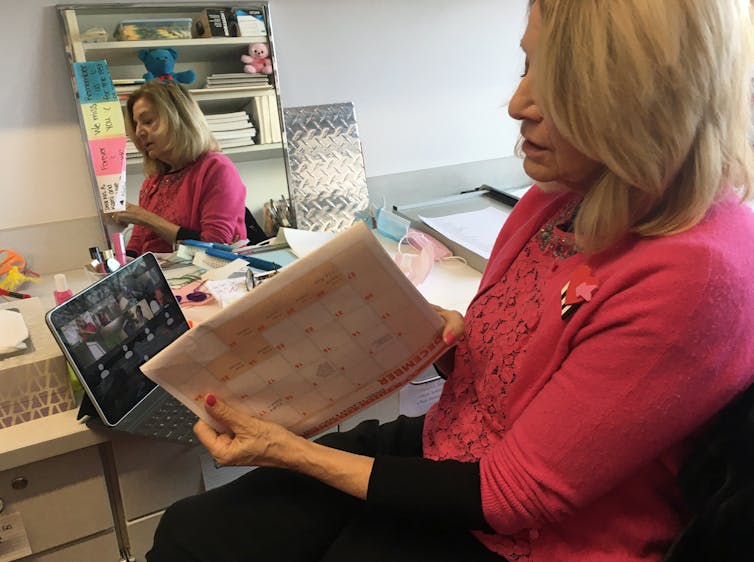
Nathan D. Jones from Boston University and Kristabel Stark from the University of Maryland interviewed teachers in early 2020 – both before the COVID-19 pandemic sparked school closings and lockdowns and after they began.
“Of all the things teachers do on the job, we found that teachers enjoy interacting with students the most – and that the positive feelings when working with students intensified once schools shifted to remote learning during the pandemic,” they wrote. As parents and communities rallied around teachers, they felt supported and encouraged to continue to support each child in their charge. But the researchers warned those feelings might be overcome by other responsibilities.
“As schools reopen, our research suggests that one way to keep teachers motivated and engaged is to ensure that they have time to build and maintain relationships with students. This is something we fear could become lost as school leaders are forced to focus on the health and safety aspects of operating schools as the pandemic continues.”
2. ‘Every day feels unsettled’
Sure enough, by the 2021-2022 school year, teachers were feeling stressed and burned out, as Laura Wangsness Willemsen and John W. Braun at Concordia University, St. Paul, and Elisheva L. Cohen at Indiana University found in their interviews with teachers and school administrators.
Lack of staff support was a major concern: “[P]ersistent staffing shortages are leading professionals to feel burned out and to worry about students missing learning opportunities,” they wrote. One assistant principal told the researchers, “Every day feels unsettled. I experience anxiety about how my day will unfold.”
3. It’s more than just individual
Australian education scholars Rebecca J. Collie at the University of New South Wales Sydney and Caroline F. Mansfield at University of Notre Dame Australia looked at sources of workplace stress among about 3,100 teachers at 225 Australian schools.
They found that school management was also a key factor in whether teachers felt stressed. “[S]ources of stress at work are not necessarily specific to the individual, but reflect a broader school climate as well,” they wrote. “So, teachers’ stress isn’t just an individual issue – some schools are more stressful places to work.”
4. Teachers look for other options
All this stress and uncertainty led to teachers’ rethinking their careers, according to research from Gema Zamarro, Andrew Camp and Josh McGee at the University of Arkansas, and Dillon Fuchsman at Saint Louis University.
“More than 40% of the teachers surveyed said they considered leaving or retiring, and over half of those said it was because of the pandemic,” they wrote. “In March 2020, 74% of teachers said they expected to work as a teacher until retirement, but the figure fell to 69% in March 2021. The proportion of teachers answering ‘I don’t know’ to this question increased by a similar amount, rising from 16% to 22%.”

5. The exodus may not be immediate
Changes in career plans for teachers are one line of research for Christopher Redding at the University of Florida, who along with Temple University’s Allison Gilmour, Boston University’s Elizabeth Bettini and Kansas State University’s Tuan D. Nguyen compared what teachers said about their plans to change professions with whether they actually did so.
“Based on our research, we think it unlikely that most teachers who say they plan to leave teaching as soon as possible will actually leave this school year,” they wrote. “However, if even one-third of teachers who say they’re leaving the profession do so, that would be significantly more than the 8% of teachers who leave in an average year.”
What it comes down to, they wrote, is that “[t]eachers are clearly sounding the alarm about stress, burnout, dissatisfaction with school and district leadership, and other working conditions – even if they do stay in their jobs.”![]()
Jeff Inglis, Freelance Editor, The Conversation
This article is republished from The Conversation under a Creative Commons license. Read the original article.
